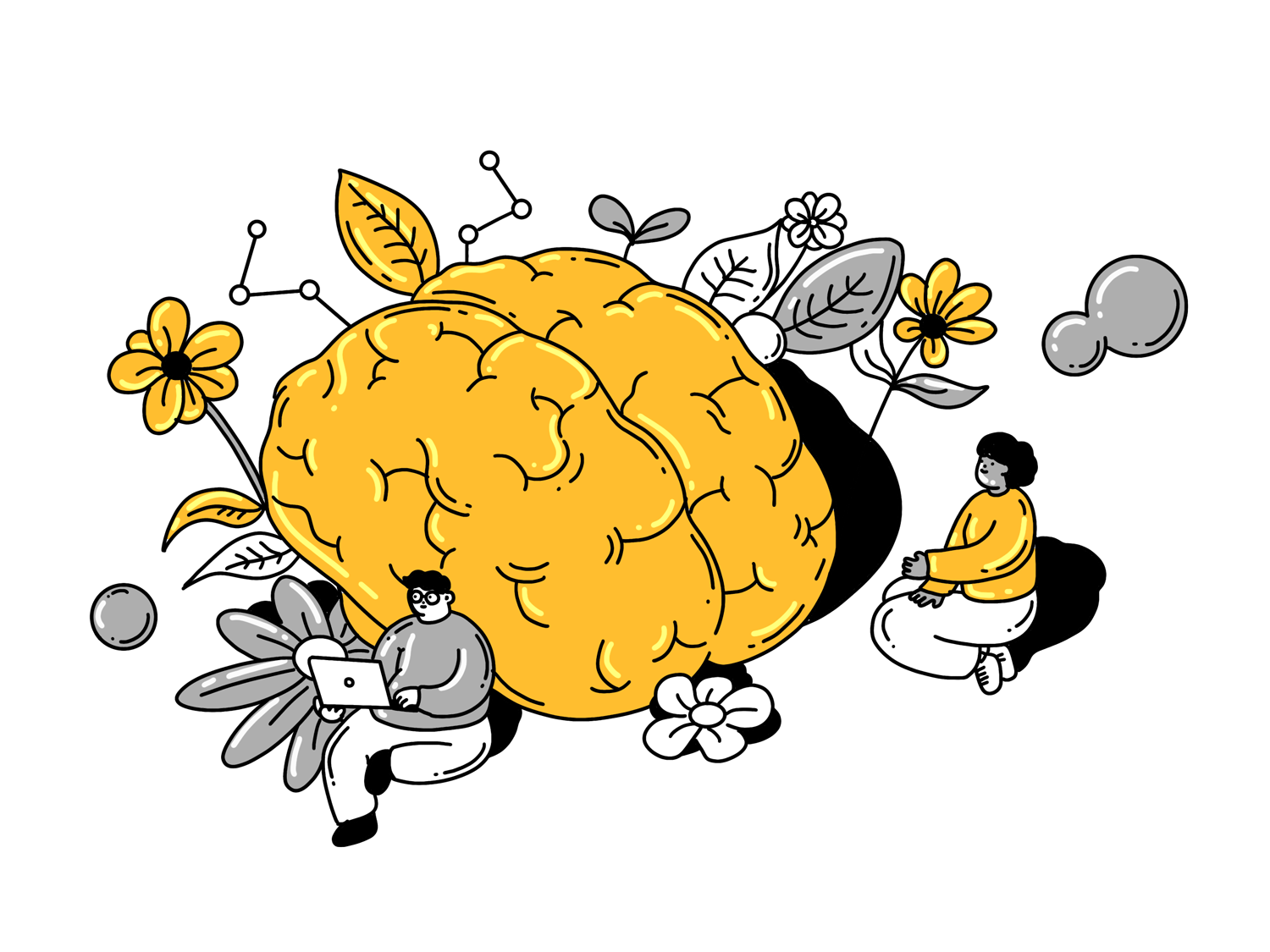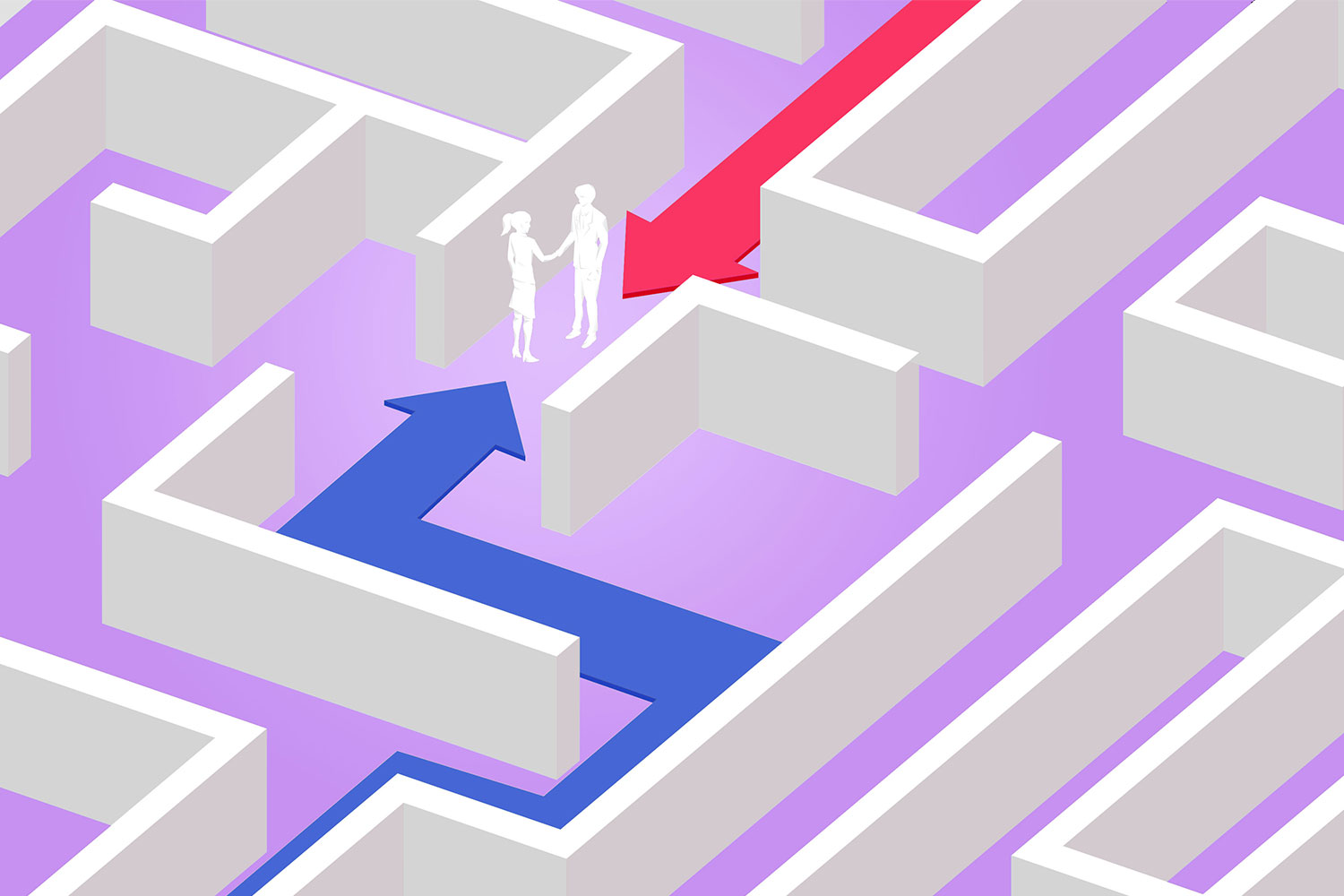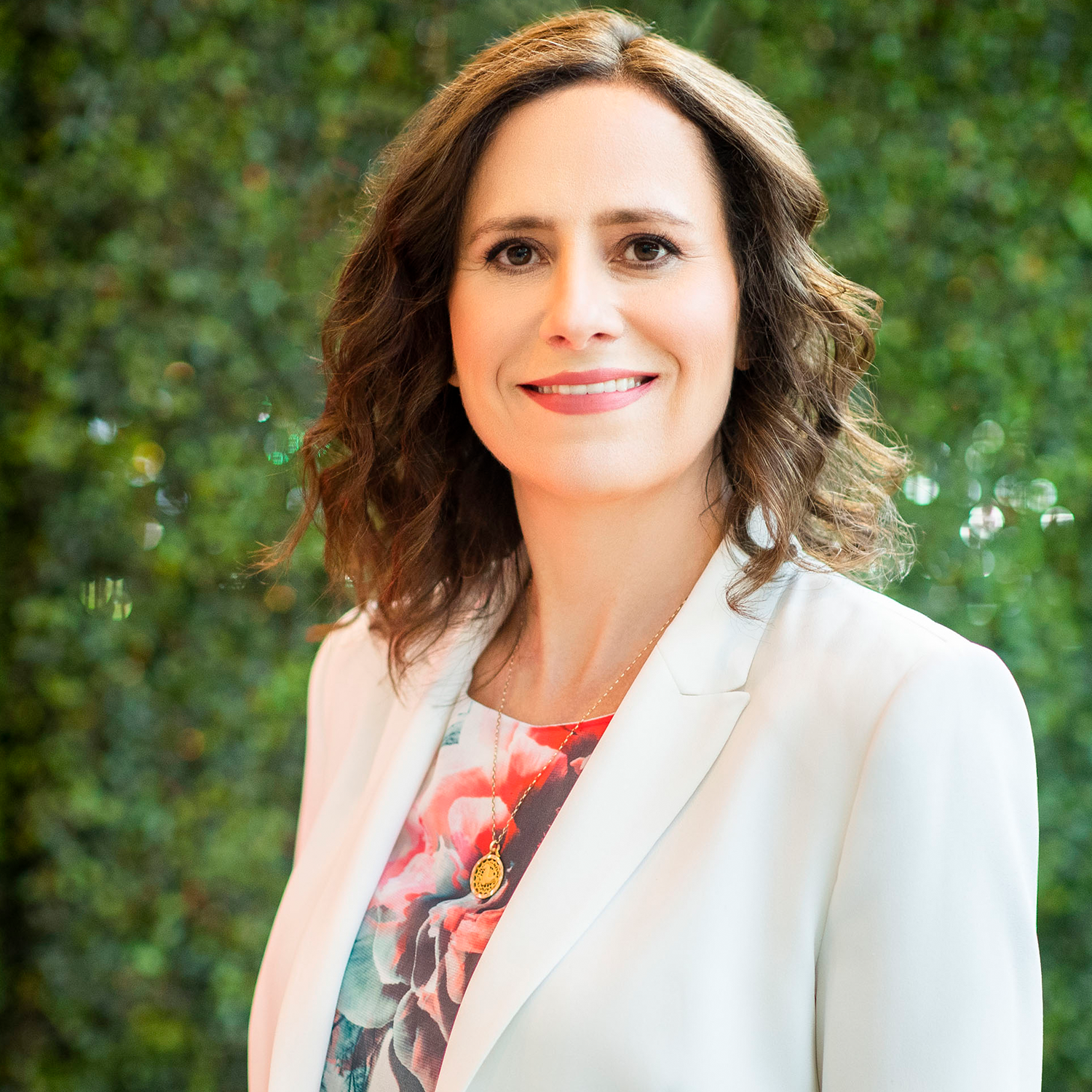Is Your Workplace Supporting Neurodiverse Employees?

I’ve been open about my challenges as a neuro-atypical person since receiving my inattentive attention-deficit/hyperactivity disorder, or ADHD, diagnosis a dozen years ago at age 35. It’s helped me understand my strengths and weaknesses, and what I need to thrive at work. As someone who needs to tap into the power of the collective due to her brain wiring, I have a knack for creating a friendly and collegial atmosphere on teams I collaborate with. What I lack in time management skills, I make up for in creativity, team-building and problem-solving. Pair me with a timeline-oriented, detail-minded colleague and watch us go.
ADHD-ers and those with learning differences like dyslexia or dyscalculia tend to be highly imaginative and innovative, excellent at troubleshooting and collaboration. Other neurodivergent types, like those with autism spectrum disorder, or ASD, are excellent at coding, mathematics, patterning or data analysis. Unfortunately, many workplaces are not conducive to their unique needs, and neurodiverse folks often report feeling penalized for not “fitting in.” Here’s why companies should prioritize creating culture and policies to draw out the gifts, and create supports for the deficits, of neurodivergent workers.
What is neurodiversity, and why does it matter to DEI?
Neurodiversity is a banner term covering a broad spectrum of neuro-atypical conditions that impact one’s standard of living, from ASD and ADHD to dyslexia (difficulty processing words or numbers), dyspraxia (significant challenges with physical coordination) and more. While we don’t have precise neurodiversity metrics in Canada, the 2017 Canadian Survey on Disability (CSD) by the Public Health Agency of Canada reported that approximately one in five people over the age of 15 has one or more disabilities. The roughly 6.2 million Canadians aged 15-plus living with a disability were significantly more likely to be unemployed and living in poverty than the average Canadian.
While many companies are developing their diversity, equity and inclusion (DEI) initiatives around gender, race, sexuality and religion, neurodiversity is gaining awareness as an untapped talent market with special considerations. While some neurodivergent folks are defined as “high capacity” or “high-functioning,” the range of abilities, gifts and deficiencies are vastly different from person to person. A person with ASD might find it difficult to connect with others and experience challenges with communicating, social situations and obsessing over a certain topic while having no interest in another. ADHD can show up as extreme hyperactivity, which is physical for some (fidgeting or inability to sit still) and mental for others (overthinking and extreme rumination). The inattention that ADHD is known for manifests as a deficit in executive function, the mental skills required for planning, processing, time management, working memory and self-control.
Because traditional workplaces have historically overemphasized the importance of skills like time-management and clear communication, there’s a stigma that exists around these diagnoses and how people with these differences may perform in their jobs. “Even now, you’ll see organizations talk about neurodivergent individuals as being disabled individuals, but it’s not a disability, it’s just a different way of functioning or thinking,” says Tara Ataya, Hootsuite’s chief people and diversity officer. “This is something we need to think about as organizations in Canada—in terms of how we design our workplaces to be more equitable and inclusive for everyone. There’s just so much goodness that comes out of that.”
How to create a neuro-inclusive workplace
Most of us can agree that diverse perspectives and ideas make for good business. But our current view of diversity may be limited to what’s visible. Because neurodiversity is often invisible, neurodivergent folks aren’t always thought of when decisions for employee culture, hiring and onboarding are being made. And the impacts are material.
Fatima Karim* had a feeling that her new office environment would be a problem within her first week. Her workstation at a cozy GTA-based non-profit was in a room with four other colleagues, and the culture was very “shout through the wall.” This may have been fine, even exciting, for other employees, but Karim is autistic and has ADHD, making her hypersensitive to sounds and other distractions. She gets her job done best in a noise-controlled environment. When she explained her autism to her boss, the head of the organization, and requested a noise-cancelling headset, she was told it shouldn’t be necessary. Frustrated, she bought the equipment herself. “I was made to feel like I was the problem,” says Karim.
“People with neuro-diversities can thrive and really excel when external stressors are well-managed by their supervisors,” says psychotherapist Christina Crowe. “Employees can deal with stress, as long as they are safe.” Crowe, who is based in Bolton, Ont., has helped millions in the ADHD community via her popular TikTok and Instagram accounts, and now her new podcast, The Christina Crowe Podcast: Making the Invisible Visible. She explains that employers should consider adjustments that limit overstimulation for their employees. This doesn’t necessarily mean avoiding open-concept offices, but making sure there are dedicated spaces for focused work and decompression, and areas with natural lighting for those with visual sensitivities.
They might also consider providing tools that support deficits, whether that’s noise-cancelling headsets, as needed in Karim’s case, or software such as project management tools for tracking deliverables and timelines. Because everyone’s needs are different, the simplest and most effective thing HR teams can do is to take a moment to ask each employee what makes them most comfortable, and then make those accommodations. This could mean offering different methods of collaborating, like the option to have cameras off during a video meeting for those who might find it distracting, as well as options for how work is delivered. For example, I do better with written assignments where I can showcase the clarity in my thinking, versus the tangential rambling that might happen with my ADHD in an oral presentation.
Crowe also emphasizes the importance of leaders building mosaic teams that play to each member’s strengths. “In business and leadership literature, this is called ‘cognitive diversity.’ Workplaces should approach team development from an understanding that everyone brings unique strengths and perspectives.” A skilled team leader will bring together workers with different approaches to processing and problem-solving, and base overall deliverables around each individual’s areas of excellence, allowing everyone to have a different but equal stake in a project. When objectives are clearly communicated and everyone is driving to the same goal, helping out a colleague who may be struggling on a project becomes part of the culture and not an onerous chore.
That’s why it’s also important to educate and inform the larger workforce about neurodiversity. This takes the burden off neurodiverse and other minority employee groups from having to advocate for themselves. It also helps to mitigate any potential issues: When a person feels supported to be their whole selves at work, without fear of retribution, they are more likely to communicate missed deadlines or conflict situations before they escalate.
Hootsuite’s Ataya suggests partnering with organizations like Ready, Willing and Able, which provides a number of services to employers to help boost the participation of disabled and neurodiverse folks in the workforce, and SAP, a global software solutions company that pioneered an Autism at Work program to support neurodiverse candidates from the recruitment phase through their career journeys. Hootsuite has also implemented what Ataya refers to as a lived-experiences speaker series that employees can participate in. She gives an example of a Hootsuite employee with ASD who spoke of the value he’s added to organizations over his career while living with autism. This is one meaningful way HR teams can create a sense of belonging, Ataya says. “These talks create a shared sense of empathy and understanding for people living with neurodiversity.”
As we move forward, testing different modes of working together, be they in-person, hybrid or fully remote, leaders should remember that there is no one single “right way” to address a diverse workforce population. On thing is for certain: Self-acceptance is key for neurodiverse folks. Team leaders and individuals alike need to accept that they’re going to get some things wrong and it doesn’t make them a bad employee. With mutual understanding, they can set intentions and expectations, create diverse avenues for all employees to bring their concerns forward, then measure, evaluate and pivot as necessary.









